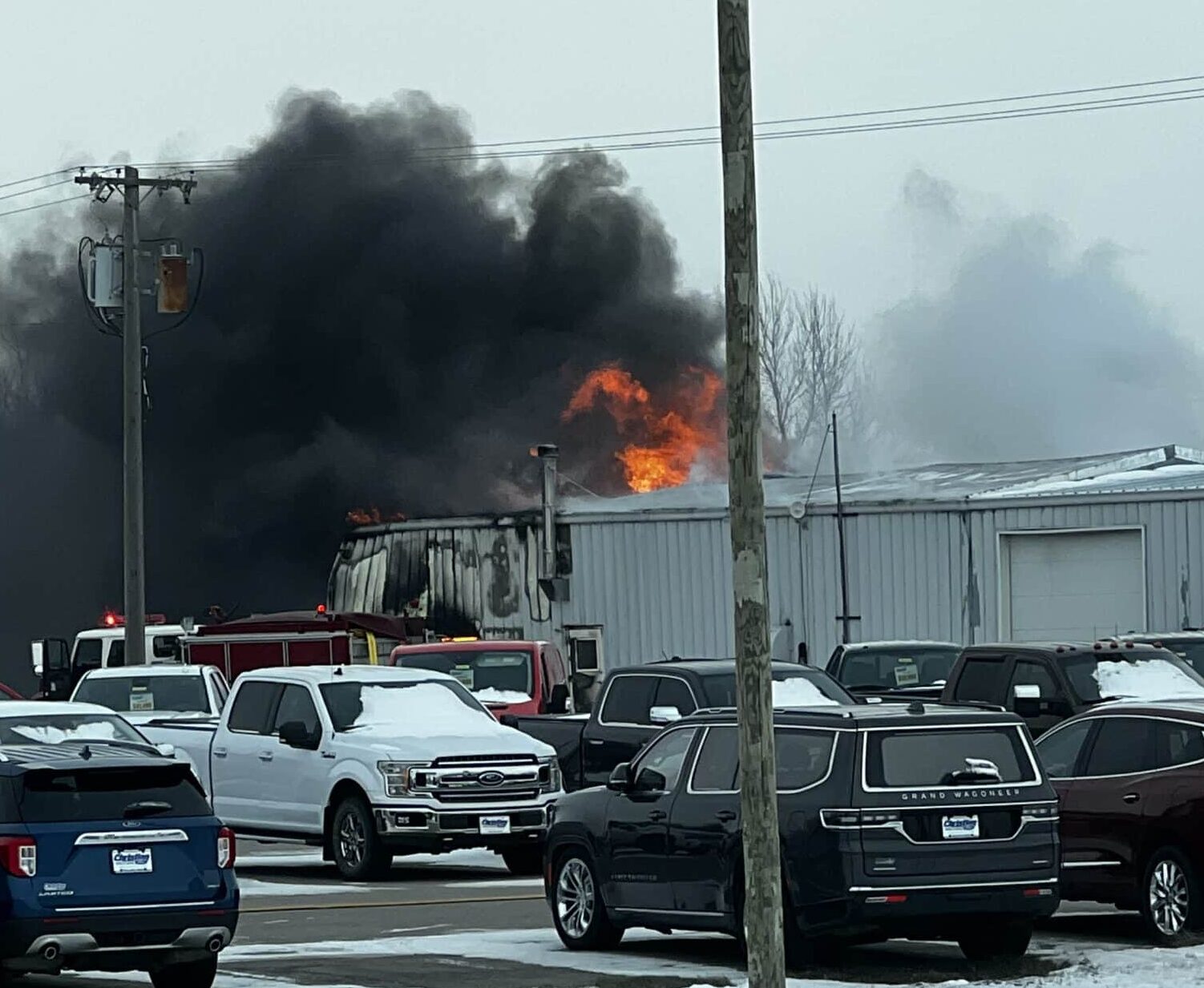The risk of record flooding on the Red Lake River in Crookston continues to grow. A number of factors are playing into the flood risk, including high fall moisture, deep frost, very high snowpack, and very high snow water content. Additionally, the spring thaw is late favoring a fast thaw cycle and the risk of spring rain is up as well.
Gregory Gust, of the National Weather Service in Grand Forks, said the history of ice jams along the Red Lake River between Red Lake Falls and Crookston makes it tough to forecast exactly what to expect. “It’s just how many times I’ve seen these ice jams come along and the water jumps two or three feet,” said Gust. “That’s why that risk of a flood of record starts to pop really close. The forecast is we’re not going have a big ice jam come through, but the reality is we have to have eyes on the target and people out there watching to make sure everything comes through smoothly.”
The good news is the next two weeks are forecasted to create an ideal slow thaw cycle with temps around normal. The not so good news is long-range forecasts show a cold dip at the end of March into April with the potential for stormy weather which is why Gust says hope for the best but prepare for a bit worse. “A pretty significant rise in the water level,” said Gust. “People will remember a 2009, hopefully, we’re closer to that and not anywhere near 1997. Hope for the best and prepare for a bit worse.”
The 50 percent probability, 26.9 feet, is the most likely scenario given the current forecast, with a lower crest possible if the thaw cycle becomes more favorable.
[embeddoc url=”https://kroxam.com/wp-content/uploads/2019/03/RRN_and-DVL_Mid_March_Discussion_ver1_15Mar2019-2.pdf” download=”all”]
Tags:



